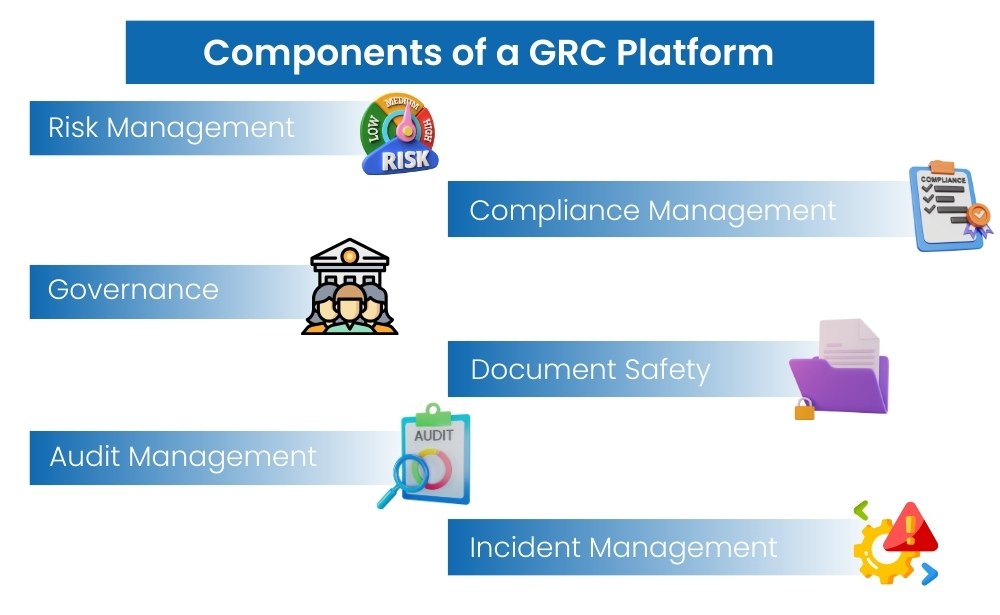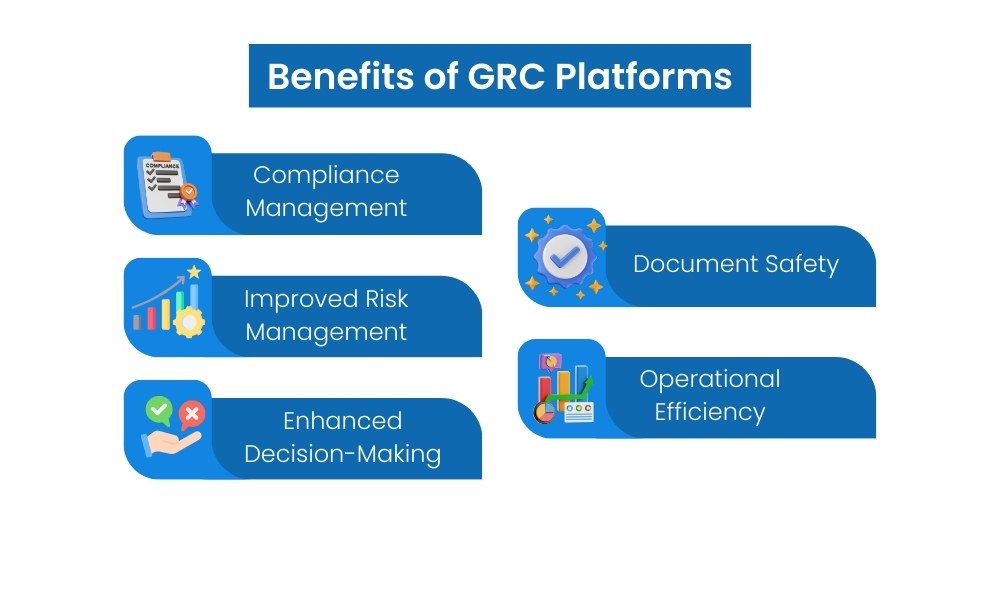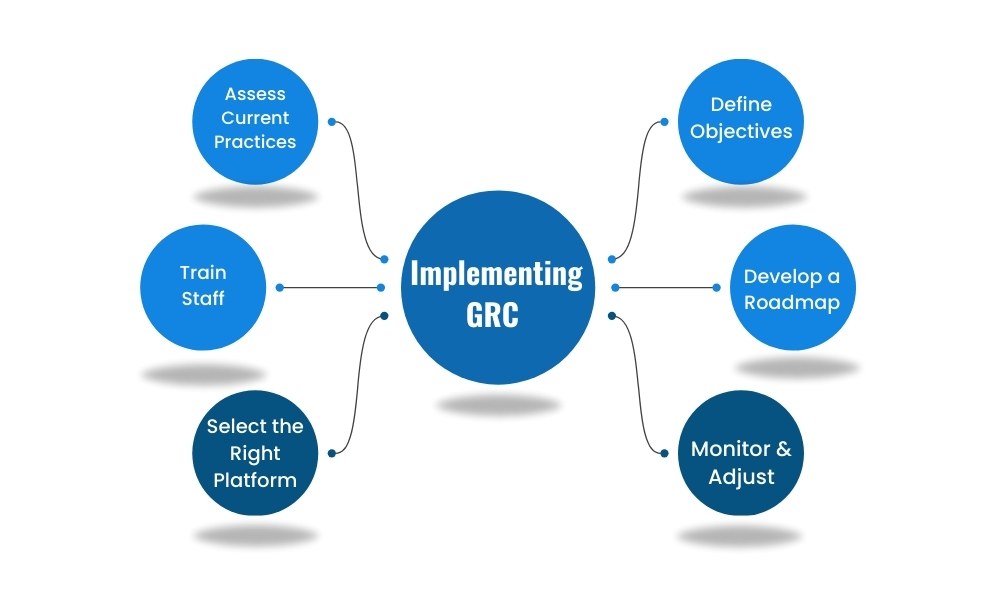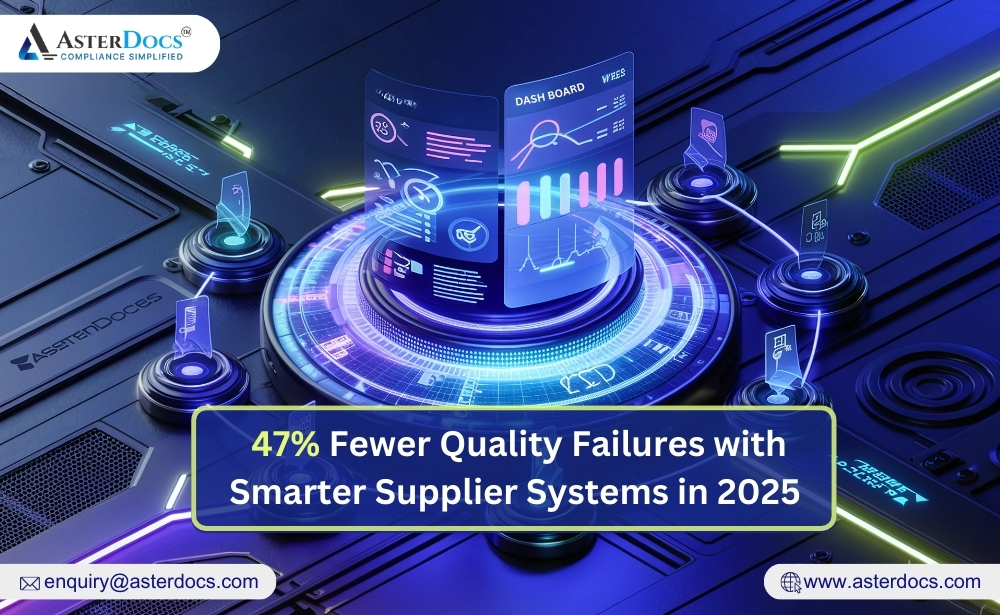GRC management is more important than ever in today’s fast-paced business environment. Consequently, organizations are under increasing pressure to meet regulatory requirements while keeping their operations secure and efficient. Therefore, a well-structured GRC platform can be a game changer, allowing businesses to navigate these complexities with ease. In this context, let’s dive into the world of GRC and explore how a robust platform can significantly elevate your organization’s governance and risk management efforts.
The Significance of GRC in Modern Organizations
Governance, Risk, and Compliance is a strategic framework designed to ensure that an organization achieves its objectives, manages risk effectively, and stays compliant with laws and regulations. The importance of GRC cannot be overstated; it provides a structured approach to aligning IT with business goals, managing risks, and meeting compliance requirements.
In an era where data breaches and regulatory fines are becoming increasingly common, having a strong GRC strategy is essential. It not only safeguards the organization’s assets but also builds trust with stakeholders, including customers, investors, and regulatory bodies.
Components of a GRC Platform
An effective GRC platform comprises several key components:
- Risk Management: Identifying, assessing, and mitigating risks that could impede the achievement of business objectives.
- Compliance Management: Ensuring that the organization adheres to relevant laws, regulations, and standards.
- Governance: Establishing policies, procedure, and controls to guide organizational behavior and decision-making.
- Document Safety: Safeguarding critical documents and data through secure storage and access controls.
- Audit Management: Conduct regular audits to assess the effectiveness of the GRC framework and identify areas for improvement.
- Incident Management: Responding promptly to incidents to minimize impact and prevent recurrence.
Benefits of GRC Platforms
Implementing a GRC platform offers numerous benefits, including:
- Simplified Compliance: GRC platforms automate compliance processes, reducing the required manual effort and ensuring that the organization stays current with regulatory changes.
- Improved Risk Management: By providing a centralized view of risks, GRC platforms enable proactive risk management and quicker responses to emerging threats.
- Enhanced Decision-Making: Access to real-time data and analytics supports informed decision-making and strategic planning.
- Document Safety: Robust GRC platforms ensure that sensitive documents are protected against unauthorized access and data breaches.
- Operational Efficiency: Automation of routine tasks frees up resources, allowing staff to focus on more strategic initiatives.
Implementing GRC: Steps to Integrate a GRC Platform into Your Organization
- Assess Current Practices: Begin by evaluating your existing governance, risk, and compliance processes to identify gaps and areas for improvement.
- Define Objectives: Clearly articulate what you aim to achieve with the GRC platform, such as improved compliance or enhanced risk management.
- Select the Right Platform: Choose a GRC platform that aligns with your organization’s needs and integrates seamlessly with your existing systems.
- Develop a Roadmap: Outline the steps required to implement the GRC platform, including timelines, resources, and key milestones.
- Train Staff: Ensure all relevant personnel are trained on the new platform and understand their roles in the GRC framework.
- Monitor and Adjust: Continuously monitor the effectiveness of the GRC platform and make adjustments as needed to address evolving risks and compliance requirements.
Statistical Examples
A company implementing a GRC platform will see a 30% reduction in compliance-related costs within the first year. Similarly, another company will report a 25% decrease in risk incidents after integrating a comprehensive GRC solution. These examples highlight the tangible benefits that a robust GRC platform can bring to an organization.
Conclusion
In conclusion, a strong GRC platform is indispensable for modern organizations aiming to achieve regulatory compliance and effective risk management. By streamlining compliance processes, enhancing risk management capabilities, and safeguarding critical documents, GRC platforms like AsterDocs empower businesses to operate with confidence and integrity. Investing in a GRC platform is not just a regulatory necessity; it’s a strategic move towards a more secure and efficient future
















